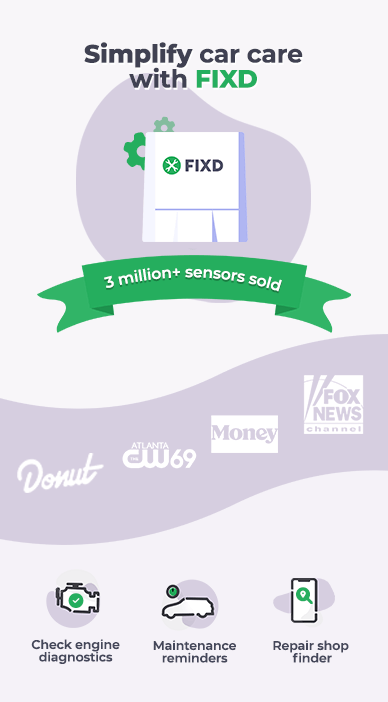What is the Evaporative Emission Control (EVAP) System?
The Evaporative Emission Control (EVAP) System seals the fuel system of the vehicle in order to prevent fuel vapors from the fuel tank and fuel system from escaping into the atmosphere. This is important because fuel vapors contain a variety of hydrocarbons. Hydrocarbons form smog when they react with air and sunlight. Gasoline evaporates very quickly, so if the fuel system is open to the atmosphere a vehicle can pollute 24 hours per day without even being turned on. These uncontrolled evaporative emissions account for as much as 20% of the pollution produced by a vehicle!
EVAP System Components
The major components of the EVAP system are:
Fuel Tank:
The fuel tank obviously stores the gasoline when you fill up. But, you know when people tell you not to continue filling the tank after the pump automatically stops? That is because the tank has some expansion space at the top so the fuel can expand without overflowing or forcing the EVAP system to leak.
Gas Cap:
Tighten until click. The gas cap seals off the filler neck of the gas tank from the outside atmoshpere. Damaged or missing gas caps are the most common cause of EVAP system failure codes that trigger the check engine light.
Liquid-Vapor Separator:
This prevents liquid gasoline from entering the EVAP canister, which would overload its ability to store fuel vapors.
EVAP Canister:
This canister is connected to the fuel tank by the tank vent line. The EVAP canister houses 1-2 pounds of activated charcoal that acts like a sponge by absorbing and storing fuel vapors until the purge valve opens and allows the vacuum of the engine intake to siphon the fuel vapors from the charcoal into the engine intake manifold.
Vent Control Valve:
This allows the flow of the fuel vapors from the fuel tank into the EVAP canister.
Purge Valve/Sensor:
Allows engine intake vacuum to siphon the precise amount of fuel vapors from the EVAP canister into the engine intake manifold.
Vent Hoses:
The means by which the fuel vapors flow to different components of the EVAP system.
Fuel Tank Pressure Sensor:
Monitors the pressure within the fuel tank for leaks and to make sure too much pressure does not build.
Fuel Level Sensor:
Monitors the level of fuel in the tank.

At FIXD, our mission is to make car ownership as simple, easy, and affordable as possible. Our research team utilizes the latest automotive data and insights to create tools and resources that help drivers get peace of mind and save money over the life of their car.














